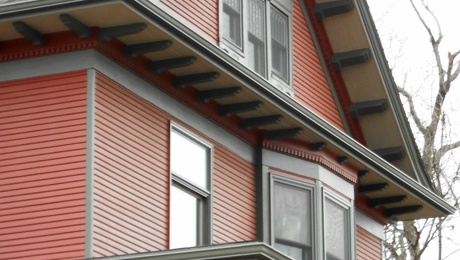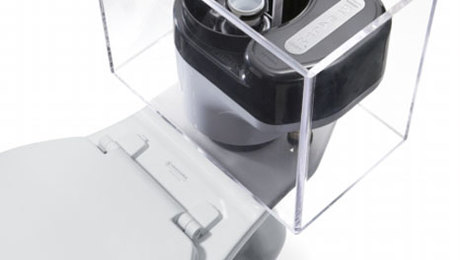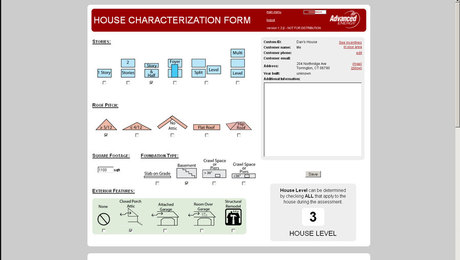Best practices for upgrading energy effiency
To truly measure the payback period of an upgrade to your home’s energy efficiency there are countless factors that need to be considered — from job security to your existing insulation R-Value. Not all of these can be rolled up into a simple mathematical equation.
By relying on a calculator, like the Payback Estimator recently published on FineHombuilding.com, I’m fearful that homeowners will focus their thinking on only one metric when considering an energy efficiency upgrade. Deciding whether it makes sense to install new windows or add new insulation to your walls or attic is a lot more complicated than plugging in a few numbers and getting an “answer.”
A homeowners checklist for energy efficiency upgrades
There are dozens of variables that a homeowner has to weigh when considering an energy efficiency upgrade. It’s often hard work sorting everything out. Other home renovation project decisions are easier to make. The primary driving force behind a bathroom makeover, kitchen remodel or just repainting a room is emotion; “I want (fill in the blank),” “I need a (fill in the blank).”
It’s rare that homeowners have an emotional attachment to air sealing, insulation or a new hot water heater. An analytical need to justify the cost of an upgrade kicks in as soon as the upgrade is out of sight (in the walls, floor or attic) or part of the hard working utilities.
Here’s a partial list of variables that come into play:
- Job security
- How long will I live in the house?
- Efficiency upgrade impact on house value
- Will a buyer pay more for a house because of the efficiency improvements – or not?
- Will an appraiser value the improvements or ignore them?
- What’s more important to a buyer: a new kitchen or more insulation?
- Tax credits (or lack thereof)
- Utility incentives
- Future energy (electricity, gas, oil, pellets…) costs next year / 5 years / 10 years
- What’s my responsibility to global warming? Is it even an issue?
- Will the workers doing improvements screw up something on the house?
- What latent problems will be caused by the changes?
- What is the best sequence for energy efficiency improvements?
- What should be done first?
- What efficiency improvement gives the most bang for the buck?
- When is it best to take on the efficiency improvement? This year, next year or 10 years from now?
- How much more ‘comfortable’ will the house be after an upgrade? How will that “comfort” feel?
- How much better will the air be inside the house? How do you know?
The path I recommend
1. Use the Energy Star Home Energy Yardstick to get a general feeling for how your home energy use compares to your neighbors’. If you’re house falls below a score of eight it’s time to figure out what steps to take to improve efficiency.
2. Get a home energy audit — a true assessment of a home’s energy performance and specific recommendations for upgrades. Many utility companies or community energy services subsidize audits. Read Every House Needs an Energy Audit from Fine Hombuilding magazine, or watch FineHomebuilding.com’s video on the process.
3. Learn stuff about energy efficiency – here are a few more links: XSave Money with Free Home Energy Audits and Remodeling for Energy Efficiency.
Now you’re ready to play with a payback period calculator.
More than just math
Sure, calculators are somewhat engaging, they give you some feedback and they appear to make the decision process of where to spend hard earned cash easier. Despite the well-described limitations that are pointed out by the U.S. Department of Energy, whose payback equation powers FineHomebuilding.com’s estimator, most users overlook the disclaimer and hyperfocus on the calculator results. And they often rely solely on the calculator results when making energy efficiency upgrade buying decisions. Unfortunately most people either aren’t prepared or don’t want to endure the brain-pain required to drill down to making an informed decision.
It’s hard work to sort through what makes sense for your house, your budget and your situation. A Payback Period Calculator is not a shortcut to an answer. It’s only one small piece of information you can use to reach a decision.



























View Comments
Mike, I think you're right about the dangers of relying on a calculator to decide for you. At the same time, it's great that tools are being created to give consumers perspective on new technologies. Otherwise, most people have no basis for comparing something they know to something they aren't familiar with. Great post!